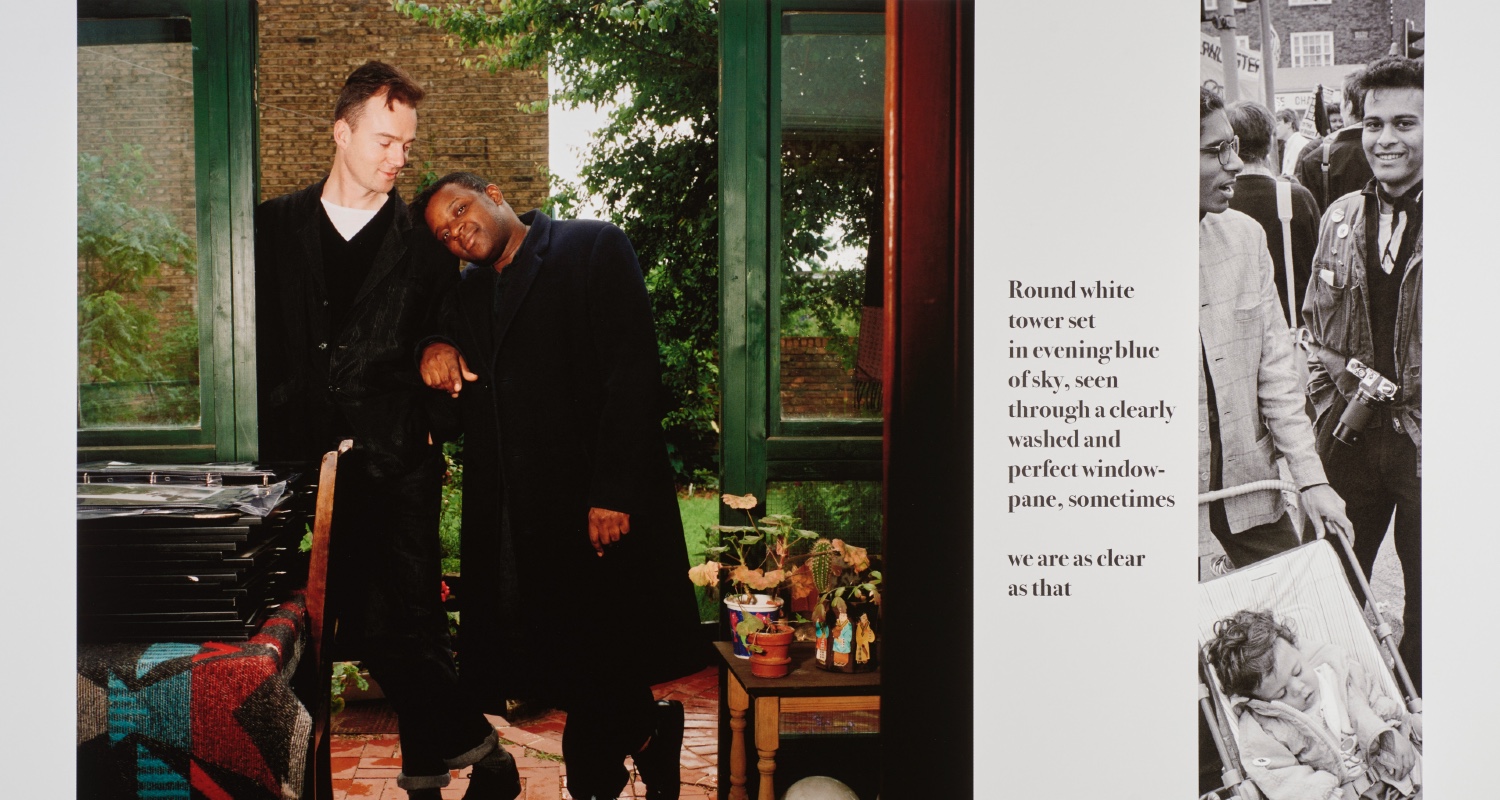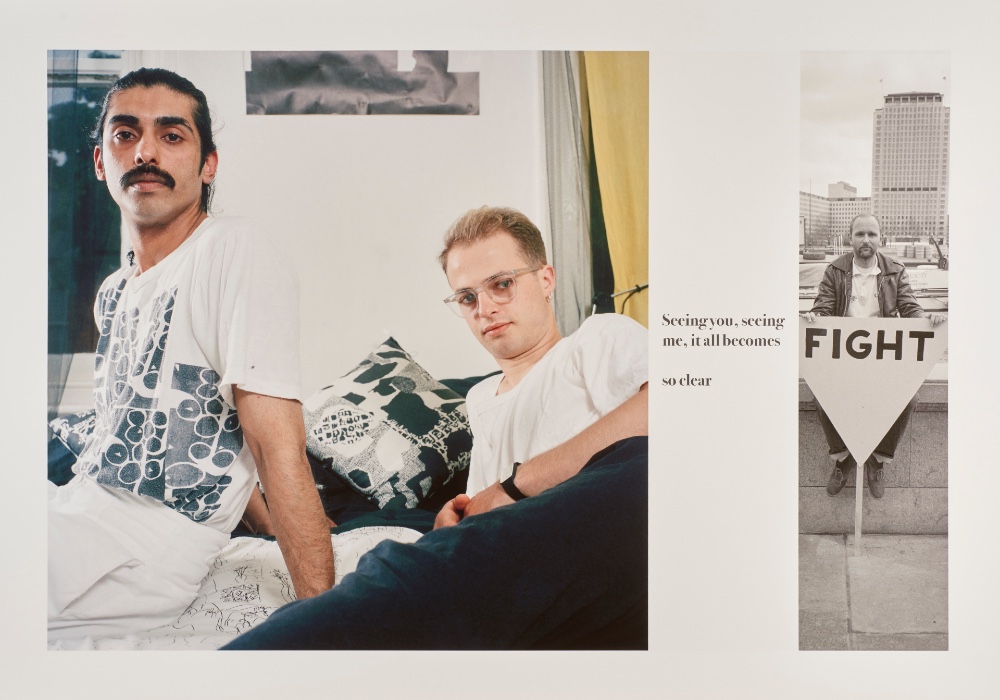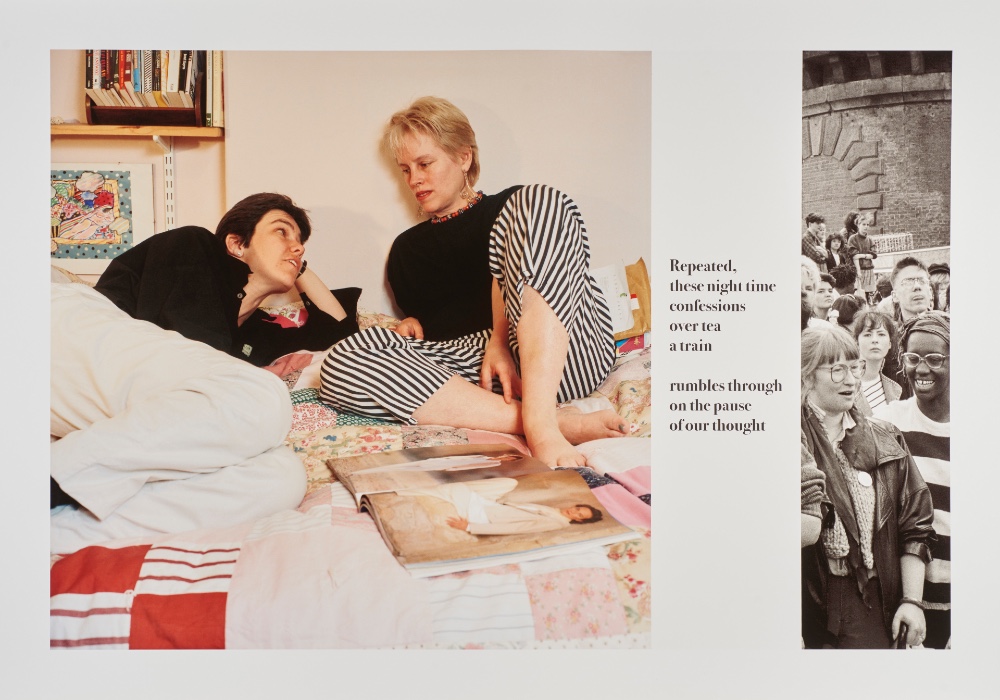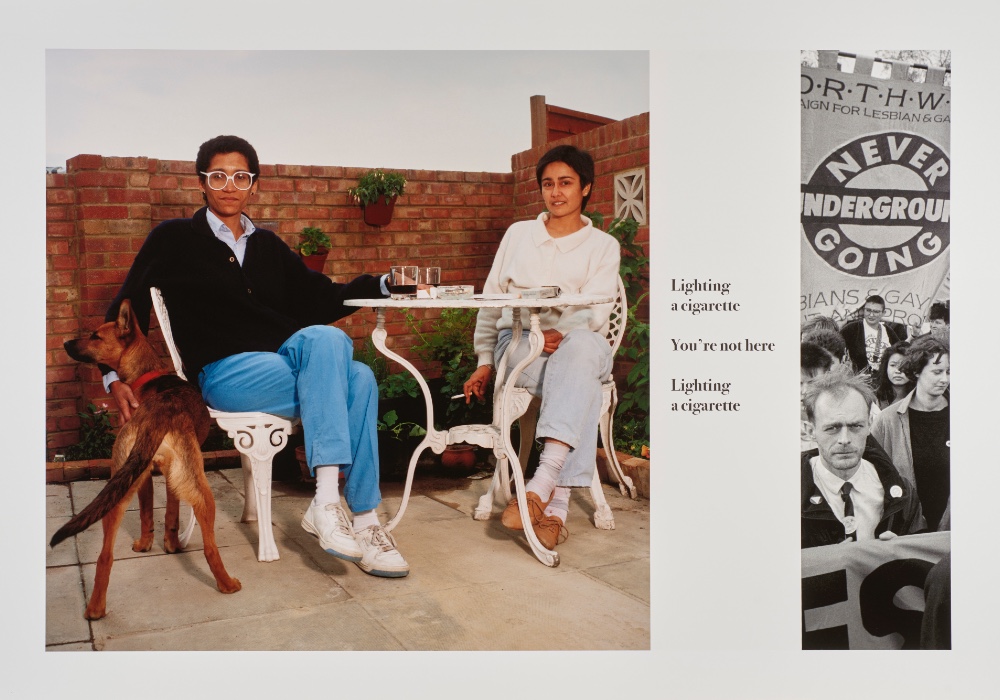LGBTQ adults impacted by Thatcher’s heinous Section 28 law, in pictures
"Rights are not natural; rights are fought for": Attitude speaks to critically acclaimed photographer Sunil Gupta ahead of a landmark set of photographs heading to The Museum of London

Words: Jamie Tabberer; pictures: Sunil Gupta
A stirring photography set acquired by Museum of London is to offer a unique insight into the lives of LGBTQs impacted by Section 28: a series of laws that stifled positive representation of queer life in the UK from 1988 to 2003.
The legislation, ushered in by then-Conservative Prime Minister Margaret Thatcher, banned ‘promotion of homosexuality’ anywhere under local authority control, including museums and art galleries.
While retrospective analysis of Section 28 usually focuses on schools, and the children and teens therein, photographer Sunil Gupta’s portrait series looks at the queer adults impacted.
Speaking to Attitude, Sunil – who was in his mid-30s when Section 28 was instated – calls the pictures “a documentary of that time. The point was, we’re all LGBT people at that time, living through something. It brought people together, in a way: a sense of community. It brought lesbians and gays together, because we’d been a wee bit separated until then.”
“We took to the streets,” he remembers. “People didn’t just sit at home and think: ‘This is terrible’. There were massive demonstrations against it.”

He adds that the clause raised “doubts amongst projects that often were local authority funded – or, people might have self-funded the making of project, but then the venue was funded [by the state.] Most were, unless they were completely commercial. They were all having to look at their programming, and it created this atmosphere of repression.”
By the late 80s, Sunil was already an established documentarian of queer culture, having produced the likes of Christopher Street (1976) and Reflections of the Black Experience (1986).

A Museum of London rep has called the photos in question a ‘direct response to the Thatcher government’s stance on Section 28, its invalidation of Gupta’s own domestic life and those of his queer contemporaries and speaks to the innately political nature of a queer domestic life lived in opposition to Section 28’s use of the phrase “pretended family relationships”.’
The photography series will be on permanent display in the Museum of London’s upcoming West Smithfield location – The London Museum, opening 2026 – in a gallery dedicated to the history of home life in the capital.

“I came to London from New York in the late 70s,” Gupta reflects. “The gay scene was very underground. People were very anxious. There were a lot of arrests I hadn’t encountered in the US, or in Canada, where I grew up, and even not in India, where I come from. I really felt ‘this is a homophobic society’.”
“There’s a danger with thinking, oh, everything is cool now’,” he continues. “I know young people who think: ‘That was all in the past. Now it’s fine.’ I want to tell them: ‘No, it’s not. We’ve got to be vigilant.”

“I feel we’ve lost a sense of community [again],” he opines. “Replaced by a corporate Pride, which my generation doesn’t want to go to. Then, with the internet dating apps, it’s killed the pubs and a sense of meeting real people with or without a purpose. People are alone and just on the apps.”
As anti-LGBTQ laws inspired by Section 28 crop up in modern times, in places such as Russia and Florida, Gupta hopes LGBTQs who see his pictures come away with the message that “rights are not natural; rights are fought for. When they’re established by law, they’re written by people, subject to all kinds of alterations. You need to remain vigilant, and actively involved.”
For more information, visit Museum of London website.
